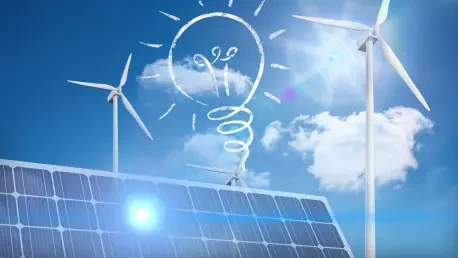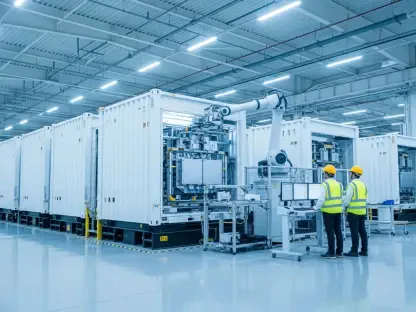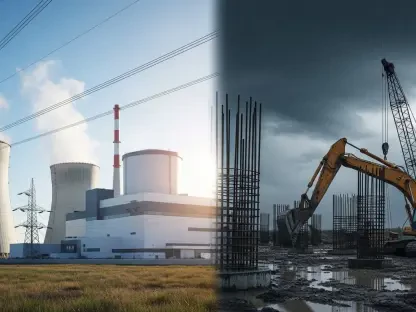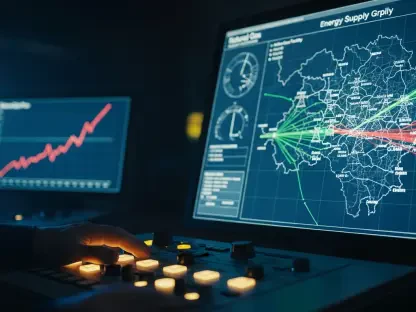Electricity costs in the U.S. reached unprecedented highs in the first half of 2025, spurring nationwide debates about clean energy’s impact on pricing. This analysis scrutinizes the intricate relationship between sustainable energy policies and cost dynamics, setting the stage to explore how shifts in policy, consumer demands, and energy generation have led to notable changes in the power sector.
Historical Developments Reshaping Energy Dynamics
Understanding the complexities of today’s electricity market requires revisiting the power sector’s historical evolution. The U.S., historically dependent on fossil fuels, has pivoted toward renewable energy in recent years. Policies such as the Clean Energy Standard have significantly altered the industry landscape. These shifts reveal present cost trends, showing that transitioning to renewables carries both opportunities and challenges, influencing cost structures and market dynamics.
Clean Energy’s Economic Influence
Renewable Energy’s Economic Consequences
The surge in renewable energy output, particularly solar and wind, has redefined the U.S. energy mix. In the first half of 2025, renewable generation increased significantly, aligning with higher electricity prices. Despite long-term cost reduction potential, immediate effects include infrastructure investments and technological upgrades. These short-term financial burdens ignite debates regarding renewables’ role in current cost escalations.
Persisting Effects of Fossil Fuels
Despite the clean energy expansion, fossil fuels maintained a noticeable share of electricity generation. The use of natural gas and coal to balance renewable variability affects cost fluctuations, especially during fossil fuel price hikes. This dependency emphasizes ongoing tensions between green energy advocacy and traditional power reliance, adding complexity to cost discussions and policy considerations.
Regional Discrepancies Across Markets
Clean energy adaptation presents unique challenges and outcomes across U.S. states. California’s aggressive renewable integration has lowered costs, contrasting with regions facing increases due to fossil fuel dependency. These regional disparities highlight the necessity for tailored policies and adaptive strategies to cater to diverse energy profiles, suggesting state-specific interventions as viable solutions.
Anticipated Shifts in the Energy Landscape
Looking to the future, technological advancements and innovative energy policies are set to drastically transform the energy sector. Progress in energy storage, smart grids, and decentralized systems promise to create a more resilient and cost-effective grid. Federal regulatory shifts continue to shape market trends, emphasizing flexible approaches required to navigate this evolving landscape.
Strategic Recommendations for Stakeholders
Recognizing the interplay of clean energy adoption and rising costs is vital for electricity market stakeholders. By employing best practices in infrastructure development and advocating balanced policies, industry participants can offset cost impacts. Consumers can actively engage with energy-efficient solutions and emerging technologies to manage expenses effectively.
Reflective Summary and Future Considerations
The relationship between clean energy deployment and rising electricity costs has been both intricate and evolving. This multi-dimensional issue influences the long-term path to sustainable energy autonomy. Confronting these challenges is vital for steering innovation while achieving a balanced energy future, facilitating economic growth and environmental guardianship alike.









